By Nick Harrison

Yesterday, we saw the European Central Bank cut its interest rate by 25 basis points. While this was to be expected, the market saw this as an opportunity to sell off the Euro against the Pound and US Dollar. The reason behind the Euro selloff was because of two main factors. Firstly, the day started with the release of the Eurozone’s final year on year CPI figure. CPI is the Consumer Price Index and the key indicator in that regions inflation and the figure came in at 1.7% versus a predicted 1.8%. A higher inflation figure gives reason for a central bank to increase their interest rate to curb inflation which, in turn, gives a greater yield appeal to investors. The lower than expected figure therefore reduced the likelihood of a sustained higher interest rate and gave way to a rate cutting policy. Secondly, Christine Lagarde – The President of The European Central Bank – made her standard speech half an hour after the rate cut was announced. The implication in her rhetoric was that further rate cuts were required. This has been backed up by the Eurozone’s economy stagnating over the last few months with very sluggish growth and little to excite economists about. The fact that more cuts are now highly likely in the ECB gives more reason for investors to sell off the Euro.
While the Pound rebounded yesterday after a shaky few days, we were still reminded on Wednesday that the UK faces a very similar outlook to the EU.
The UK inflation rate fell to 1.7% after a forecasted 1.9% and this has now paved the way for more interest rate cuts by the Bank Of England. In fact, the odds are now looking very likely that we will see cuts by the Bank Of England’s Monetary Policy Committee in both November and December this year. The budget is also getting ever closer and the gossip mongers are having a field day stirring up all the eventualities that could come from the Chancellors announcement on October 30th. The implication is that we will see some major changes to inject more growth into the UK economy, but the likelihood is that some demographics will have to suffer to enable this. Either way, we could be in for a volatile end to the month for the Pound. That all being said, the Pound has taken another shot in the arm this morning with a better that expected Retail Sales figure. Against a forecast of minus 0.4% the figure came in this morning at a positive 0.3%, so we have seen the Pound jump 0.4% against the Euro & US Dollar as trading opens.
So, the Pound is again at the top of the highest range we have seen against the Euro in over 2 and a half years. Will this form last though or will the Pound start to be sold off as fears over the economy and forthcoming budget austerity and monetary policy start to kick in? Please speak to A Place in the Sun Currency about this as we can help you make informed decisions on how to manage your currency risk and how to look at key indicators that can help make your money go further.
Next week, the Bank of England’s Governor Andrew Bailey steals the limelight as he makes 3 key speeches over 6 days, while PMI Services and Manufacturing grab the headlines for the Eurozone, UK & US.
Market Calendar for next week
TUESDAY
Andrew Bailey (Governor of the BoE) speaks 2.25pm
WEDNESDAY
Bank Of Canada interest rate release 2.45pm
European Central Bank President Lagarde speaks 3pm
Andrew Bailey (Governor of the BoE) speaks 9pm
THURSDAY
EZ Flash Manufacturing & Services 9am
UK Flash Manufacturing & Services 9.30am
US Unemployment Claims 3pm
US Flash Manufacturing & Services 2.45pm
FRIDAY
Canadian Retail Sales 1.30pm
SATURDAY
Andrew Bailey (Governor of the BoE) speaks 4.20pm


